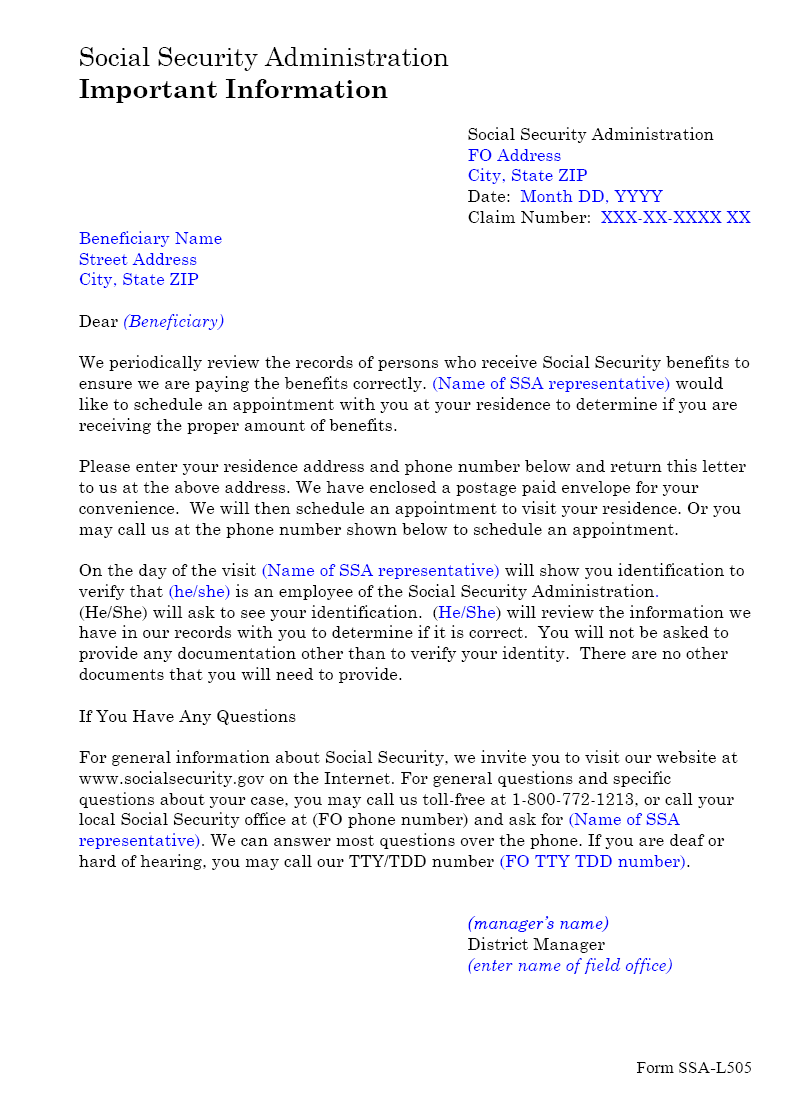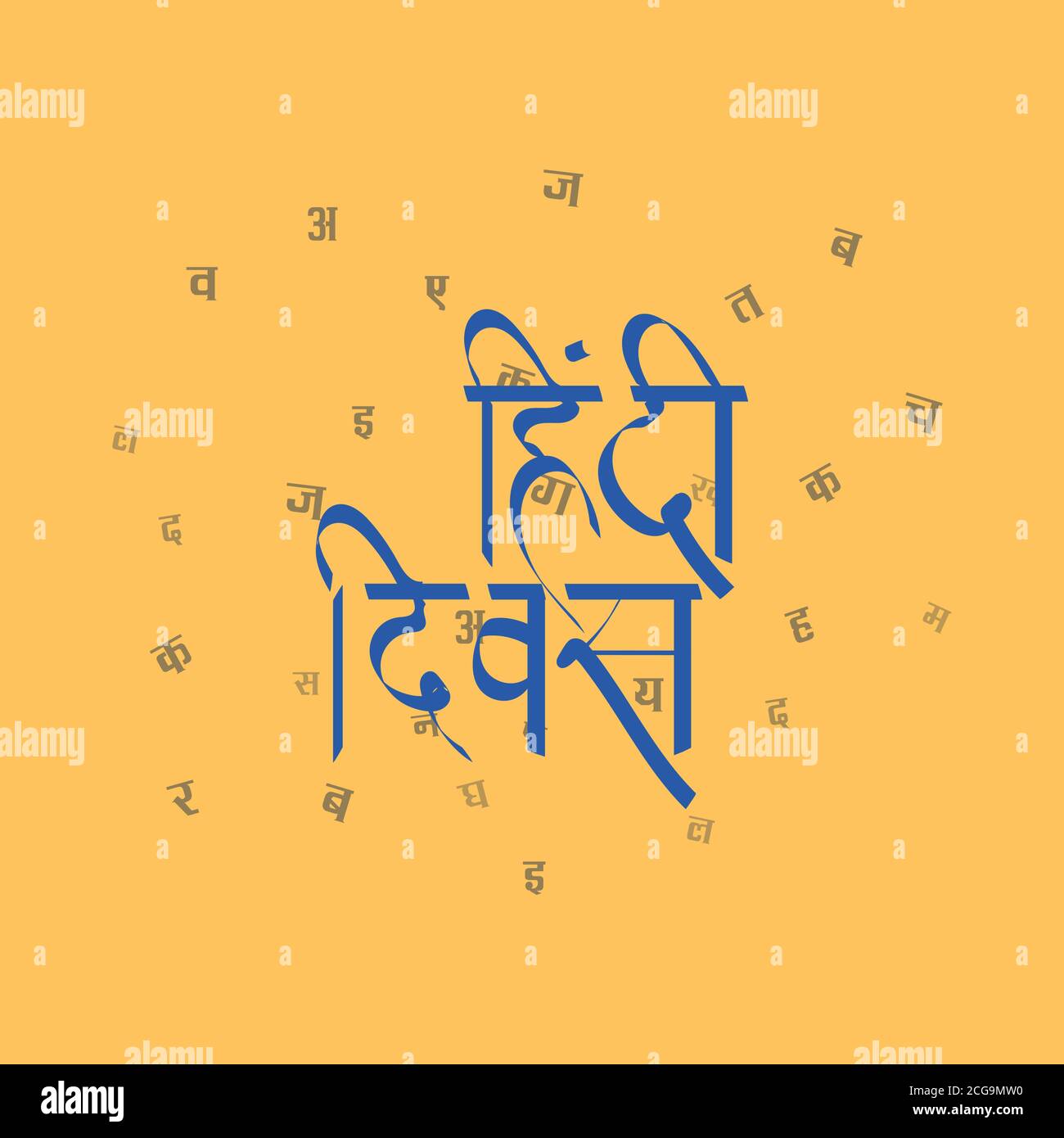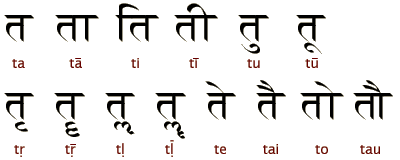

In Hindi, all nouns have a gender: masculine (M) or feminine (F). Nouns are words for objects, places, emotions, animals, and people. Glottal consonants, pronounced by using the glottis at thee back of the throat X Research source : स hīecome familiar with Hindi nouns.Sibilant consonants, pronounced by using the tip of the tongue to push air out in a hissing noise X Research source : श sh, ष sh, स s.Semivowels are vowel-like consonants, such as the w in "wet": य y (as in "young"), य r, ल l, व w or v.Labial consonants, pronounced by using the lips together (e.g., b in "baby"): प p, फ p (a), ब b, भ b (a), म m.Dental consonants, pronounced by touching the tip of your tongue behind the back of your upper front teeth (e.g., th in "thin"): त t, थ t (a), थ d, ध d (a), न n.Flap consonants, pronounced by "flapping" the tip of your tongue toward the roof of your mouth behind your upper front teeth (e.g., the t softening in words like "butter," which often sounds like "budder") : ड़ d and ढ़ d (a).Retroflex consonants, pronounced by curling the tongue backward and touching the roof of your mouth just behind the gums (none exist in English): ञ t, ट t (a), ड d, ढ d (a), ण n.Palatal consonants, pronounced by raising the front of the tongue just behind the gums X Research source (e.g., j in "job"): च ch, छ ch (a), ज j, झ j (a), ञ n.Velar consonants, pronounced by using the back of the tongue at the roof of your mouth (e.g., k or g in English): क k, ख k (a), ग g, घ g (a), ङ n.X Research source The (a) next to some consonants indicates that they are pronounced as aspirated (i.e., with a strong breath of air such as p in "pit" or "puff"). Because Hindi uses more consonants than English does, some of them have no direct equivalent in English. X Research source They are organized in the alphabet by how you use your mouth and throat to pronounce them. This vowel isn't very common in Hindi and is only found in Hindi words of Sanskrit origin.When ऋ is added to a consonant, you add the symbol ृ beneath the consonant.


When ऐ is added to a consonant, you add the symbol ै above the consonant.When ए is added to a consonant, you add the symbol े above the consonant.When ऊ is added to a consonant, you add the symbol ू beneath the consonant.When उ is added to a consonant, you add the symbol ु beneath the consonant.When ई is added to a consonant, you add the symbol ी to the right-hand side of the consonant (after the consonant).When इ is added to a consonant, you add the symbol ि to the left-hand side of the consonant (before the consonant).



 0 kommentar(er)
0 kommentar(er)
